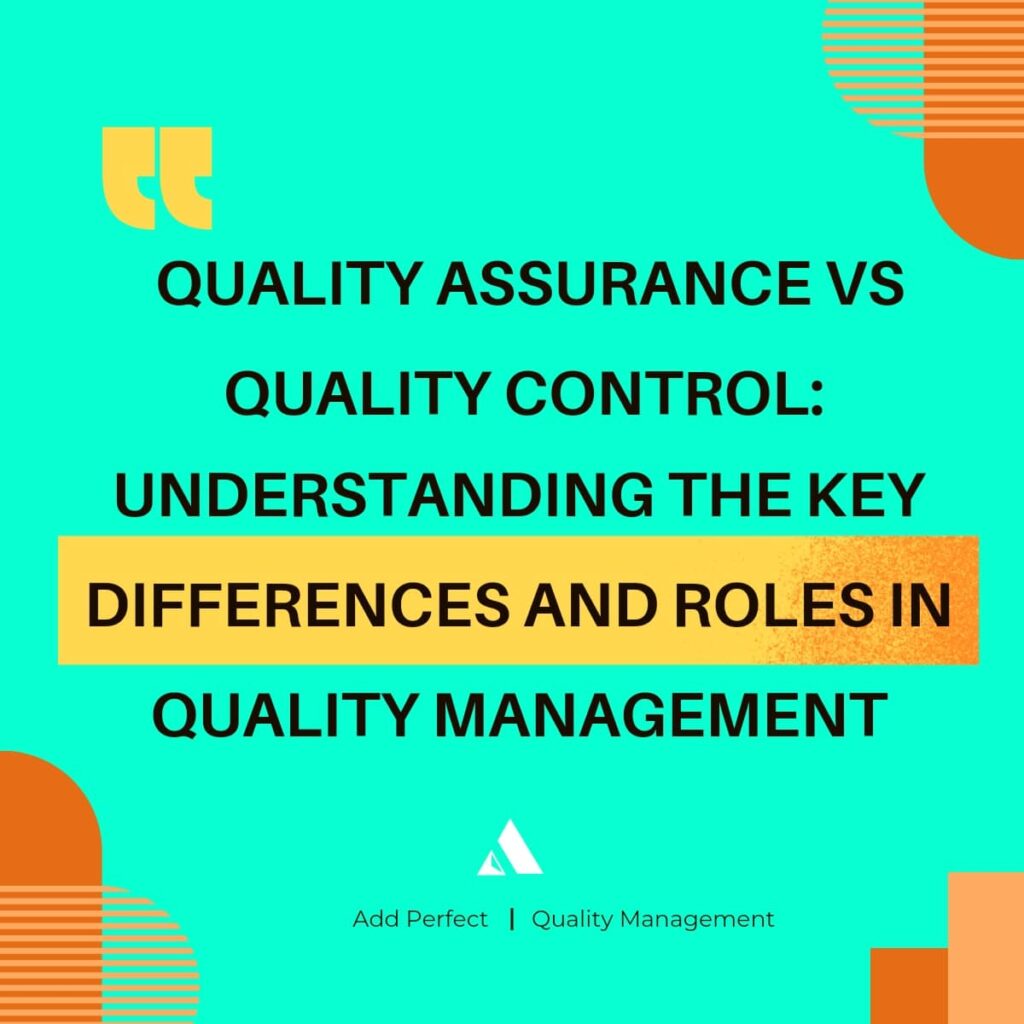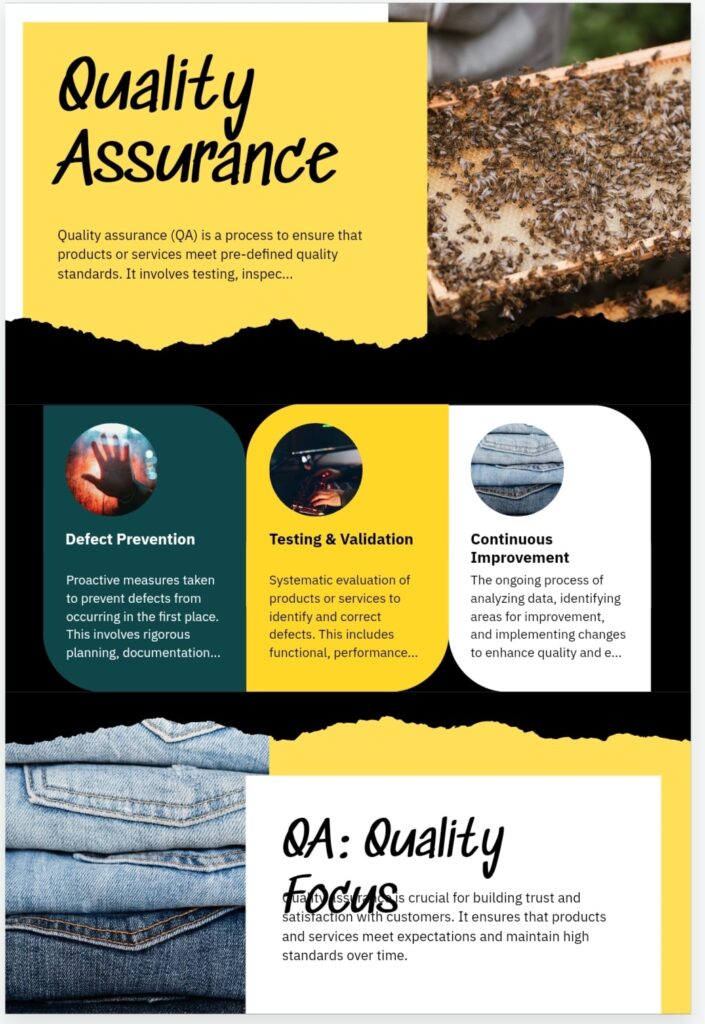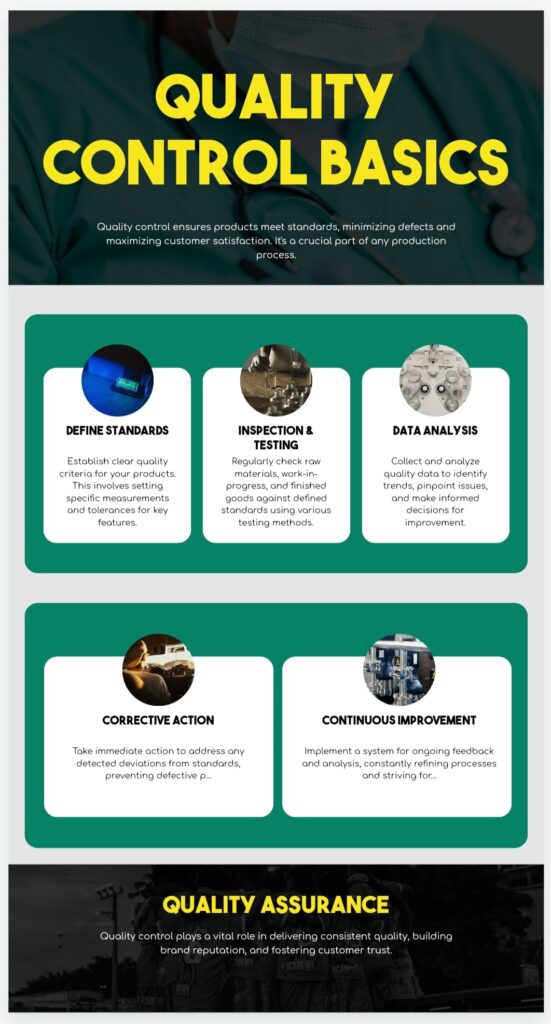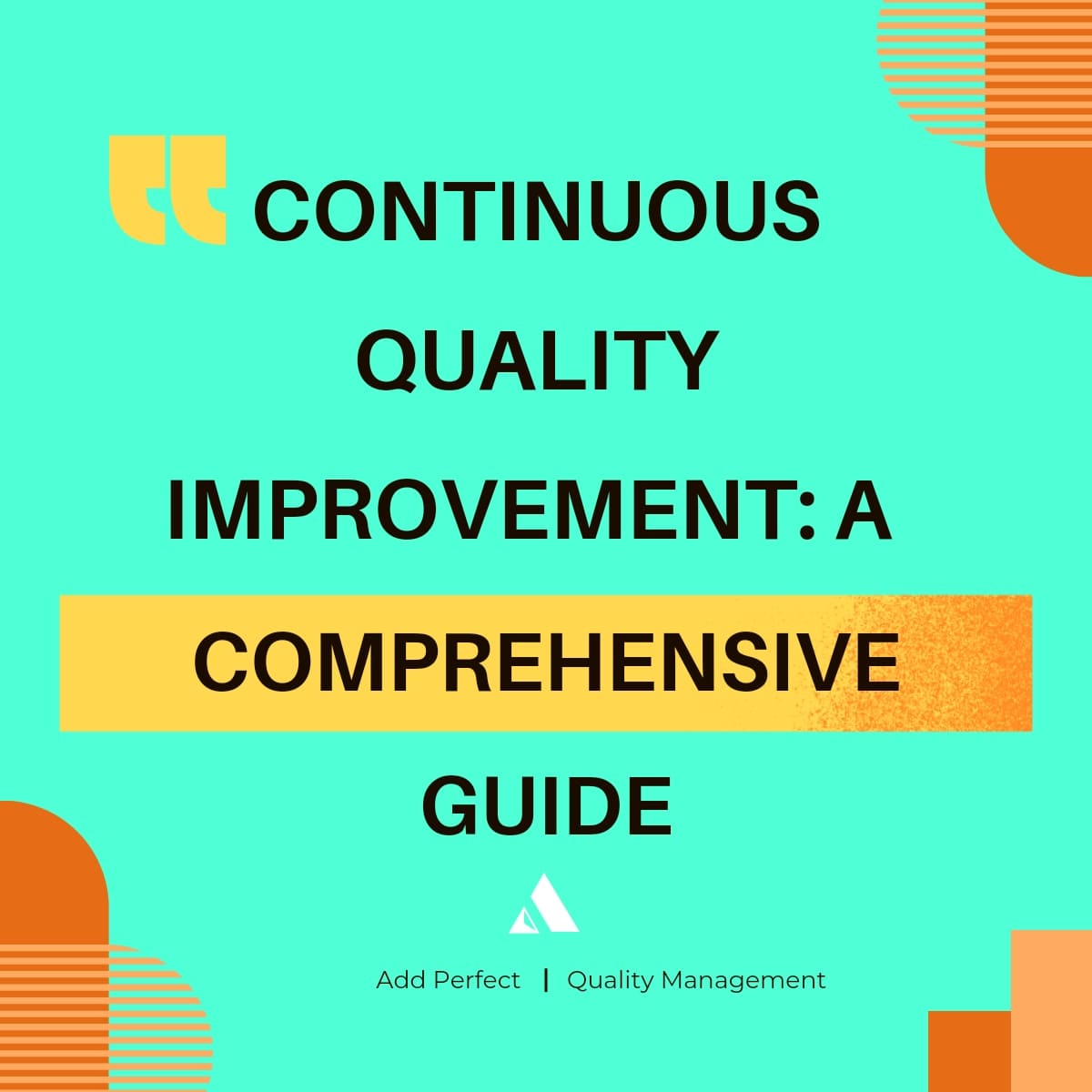Introduction
In the world of quality management, Quality Assurance vs Quality Control are pivotal yet distinct concepts. Misunderstanding these terms can lead to ineffective quality practices, impacting product and service standards. This article delves into the nuances between Quality Assurance vs Quality Control, their roles, and their significance across various industries.

What is Quality Assurance?
Quality Assurance is a proactive, process-oriented approach aimed at preventing defects in products and services by focusing on the improvement and management of production processes. It is about ensuring that quality standards are defined and met consistently throughout the production cycle.

Key Components of Quality Assurance
- Planning: Establishing quality objectives, policies, and procedures.
- Process Design: Creating efficient processes that ensure quality.
- Monitoring: Continuously observing processes to ensure adherence to standards.
- Improvement: Implementing changes to enhance process quality.
What is Quality Control?
Quality Control, on the other hand, is a reactive, product-oriented approach focused on identifying and rectifying defects in finished products. It involves testing and inspecting products to ensure they meet the required quality standards.

Key Components of Quality Control
- Inspection: Systematic examination of products.
- Testing: Conducting specific tests to identify defects.
- Validation: Ensuring products meet quality specifications.
- Correction: Addressing defects and preventing recurrence.
Differences between QA and QC
To clearly understand the distinctions between Quality Assurance vs Quality Control, consider the following table:
| Aspect | Quality Assurance (QA) | Quality Control (QC) |
|---|---|---|
| Approach | Proactive | Reactive |
| Focus | Processes | Products |
| Nature | Preventive | Corrective |
| Scope | System-wide | Specific parts or products |
| Responsibility | Entire team | Dedicated personnel |
| Objective | Improve and ensure quality processes | Detect and correct product defects |
| Tools and Techniques | Audits, process checklists, training | Inspections, testing, validation methods |
| Timing | Throughout the production cycle | After production completion |

QA and QC in the Industry
Manufacturing
In manufacturing, the balance between Quality Assurance vs Quality Control is critical. QA ensures the processes are robust and capable of producing quality products, while QC checks the final products for defects.
- Quality Assurance: Involves process documentation, employee training, and preventive maintenance.
- Quality Control: Includes product inspections, functional testing, and statistical sampling.
Software Development
In software development, Quality Assurance vs Quality Control play distinct roles to ensure the delivery of reliable software.
- Quality Assurance: Focuses on process improvement, including code reviews, development methodologies (like Agile), and continuous integration.
- Quality Control: Involves testing phases such as unit testing, integration testing, system testing, and user acceptance testing (UAT).
Healthcare
In healthcare, both QA and QC are vital for patient safety and service quality.
- Quality Assurance: Ensures protocols for patient care are followed, staff are properly trained, and procedures are regularly reviewed.
- Quality Control: Involves laboratory tests, equipment calibration, and validation of diagnostic procedures.
History of QA and QC
Understanding the historical context of Quality Assurance vs Quality Control provides insight into their evolution and importance in quality management.
Timeline of Quality Assurance
- 1920s: Introduction of Statistical Process Control (SPC) by Walter Shewhart.
- 1950s: Development of Total Quality Management (TQM) principles.
- 1980s: Adoption of Six Sigma methodologies for process improvement.
Timeline of Quality Control
- 1940s: Application of QC techniques in mass production during World War II.
- 1950s: Introduction of Statistical Quality Control (SQC) methods by W. Edwards Deming.
- 2000s: Integration of automated QC systems in manufacturing and software industries.
Implementing QA and QC in Your Business
To effectively implement Quality Assurance vs Quality Control in your organization, consider the following steps:
Establishing Quality Assurance
- Define Quality Objectives: Clearly state what quality means for your organization.
- Develop Processes: Create efficient and repeatable processes that align with your quality objectives.
- Training and Development: Ensure all employees are trained in quality standards and processes.
- Continuous Improvement: Regularly review and improve processes based on feedback and performance data.
Establishing Quality Control
- Set Quality Standards: Define the criteria that products must meet.
- Develop Inspection Plans: Create detailed plans for inspecting and testing products.
- Implement Testing Procedures: Use appropriate testing methods to identify defects.
- Analyze and Correct Defects: Address any identified defects and take steps to prevent future occurrences.
Benefits of QA and QC
Implementing Quality Assurance vs Quality Control practices offers numerous benefits, including:
- Enhanced Product Quality: Consistently high-quality products that meet customer expectations.
- Increased Efficiency: Streamlined processes reduce waste and improve productivity.
- Customer Satisfaction: Higher quality products lead to increased customer trust and loyalty.
- Regulatory Compliance: Adherence to industry standards and regulations.
FAQs about QA and QC
1. Does QA or QC come first?
- QA typically comes first as it involves planning and setting standards before production begins. QC follows to inspect and test the output.
2. Is QC part of QA?
- QC can be seen as a part of the broader QA process. While QA focuses on preventing defects, QC ensures that any defects that do occur are identified and corrected.
3. Can QC be achieved without QA?
- QC can identify defects, but without QA, the underlying processes might continue to produce defective products, leading to recurring issues.
4. What industries benefit from QA and QC?
- Almost all industries, including manufacturing, software development, healthcare, pharmaceuticals, and food and beverage, benefit from Quality Assurance vs Quality Control practices.
5. How do QA and QC contribute to continuous improvement?
- Quality Assurance vs Quality Control contribute to continuous improvement by identifying process inefficiencies and defects, providing data for analysis, and implementing corrective actions to enhance overall quality.
Conclusion
Quality Assurance vs Quality Control are essential, complementary processes in quality management. Understanding their differences and how they work together can help businesses enhance their quality management systems, leading to higher product and service quality, improved customer satisfaction, and better compliance with regulatory standards. By integrating both QA and QC into your operations, you can ensure a holistic approach to quality that covers both preventive and corrective measures.




Simply wish to say your article is as amazing The clearness in your post is just nice and i could assume youre an expert on this subject Well with your permission let me to grab your feed to keep updated with forthcoming post Thanks a million and please carry on the gratifying work
Your writing is not only informative but also incredibly inspiring. You have a knack for sparking curiosity and encouraging critical thinking. Thank you for being such a positive influence!
Your writing is a true testament to your expertise and dedication to your craft. I’m continually impressed by the depth of your knowledge and the clarity of your explanations. Keep up the phenomenal work!
Hello, Jack speaking. I’ve bookmarked your site and make it a habit to check in daily. The information is top-notch, and I appreciate your efforts.